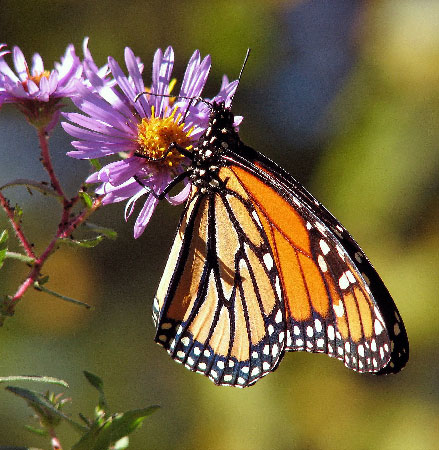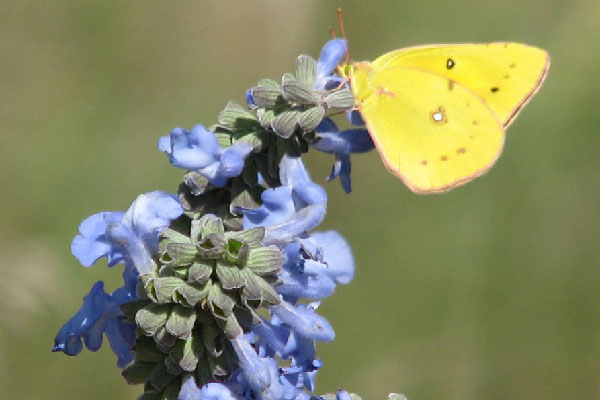Besides the sheer pleasure and beauty of turning a still garden into a suddenly moving one, there are many good reasons to plant a butterfly garden. Much of their habitat has disappeared over the last decades but even a small private garden can help provide either permanent or migratory habitat.

For many of us, though, seeing the delight of a four-year-old following butterflies around a garden is reason enough. Thankfully, planting a butterfly garden is an act of stewardship toward the wider environment that is confirmed and compelled by our own personal enjoyment.
- Migrating monarchs tend to arrive in Nebraska in late August or early September and leave late in September.
- Full sun is the best place for butterflies since they need temperatures above 80 degrees to even fly.
- Single flowers are more open and accessible to butterflies than doubles.
- Hybridized flowers tend to be selected for characteristics other than nectar supply and therefore tend to produce less nectar.
- Flowers with centers offer a “landing platform.”
- Milkweeds are some of the best plants for butterflies. An added benefit is that common milkweed is bad-tasting and even poisonous to potential prey, which quickly learn to avoid eating the larvae.
- Creating “puddling” areas with mud is especially important for young males; they use their proboscis to withdraw minerals from the wet soil.
- Shelter from wind and rain is essential. Thick grasses like little bluestem or switchgrass, as well as vines and shrubs, are good sources of protection.
- For most plants, the removal of nectar stimulates more production of it.
- One of the best nectar sources is something we grow without trying… the common dandelion attracts gossamer wings, vanessids and skippers. Another common weed, the thistle, is particularly popular with monarchs.
- The North American Butterfly Association says the best native source of nectar is from buckeye trees.
8/1/2018

